Practical Methods to Improve Agent Performance in 2025
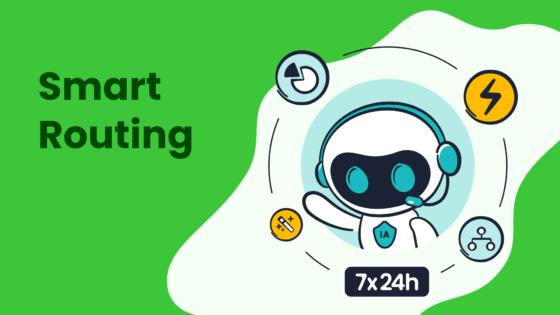
Meeting customer expectations in 2025 hinges on understanding how to improve agent productivity. Customers increasingly demand faster, more personalized support, making it crucial to adapt your approach. Practical strategies like goal-setting and training can significantly enhance your team's performance. Leveraging tools such as Sobot’s solutions further boosts efficiency and streamlines customer support operations. By prioritizing these methods, you can craft a seamless customer service experience. With the right steps, Sobot empowers your agents to deliver exceptional results.
Understanding Agent Productivity in 2025
Defining Agent Productivity
Agent productivity refers to how effectively your agents handle customer interactions while meeting performance goals. In 2025, this concept goes beyond just answering calls. It includes resolving issues efficiently, maintaining high customer satisfaction, and optimizing time spent on tasks. Productive agents focus on delivering quick resolutions while minimizing idle time and unnecessary delays.
For example, metrics like First Call Resolution (FCR) and Average Handle Time (AHT) help you measure how well agents address customer needs. FCR tracks the percentage of issues resolved during the first interaction, while AHT measures the average duration of a customer call. These metrics highlight the balance between efficiency and quality in customer support.
Why Agent Productivity Is Critical for Call Centers
Improving agent productivity directly impacts call center productivity. When agents perform efficiently, customers experience faster service and higher satisfaction. This leads to better retention rates and stronger loyalty. Additionally, productive agents reduce operational costs by handling more interactions in less time.
Agent satisfaction also plays a key role. Studies show that happy agents deliver better customer support. When agents feel empowered and equipped with the right tools, they can focus on providing quick resolutions. This not only improves customer satisfaction but also reduces agent turnover and absenteeism.
Key Metrics to Measure Agent Performance
Tracking the right metrics helps you evaluate and improve agent productivity. Here are some key indicators:
| Metric | Description |
|---|---|
| First Call Resolution (FCR) | Percentage of customer issues resolved during the first interaction. |
| Average Handle Time (AHT) | Average duration of a customer interaction. |
| Average Speed of Answer (ASA) | How quickly calls are answered. |
| After-Call Work (ACW) | Time agents spend on post-call tasks. |
| Occupancy Rate | Percentage of time agents are actively engaged in call-related activities. |
| Customer Satisfaction (CSAT) | Reflects customer satisfaction with the service received. |
These metrics provide a clear picture of your contact center's performance. For example, a high FCR rate indicates effective problem-solving, while a low AHT suggests efficient handling of customer inquiries. By focusing on these metrics, you can optimize both agent and call center productivity.
Foundational Strategies to Improve Agent Productivity
Setting Clear Goals and Expectations
Clear goals and expectations provide a roadmap for agents, helping them understand their roles and responsibilities. When you communicate these effectively, you create a structured environment where agents feel empowered to perform at their best. Misunderstandings decrease, and alignment with management goals enhances job satisfaction.
- Establish realistic expectations to manage goals effectively. Aligning these with agent capabilities prevents disappointment and builds trust.
- Define specific performance metrics, such as First Call Resolution (FCR) or Average Handle Time (AHT), to measure success.
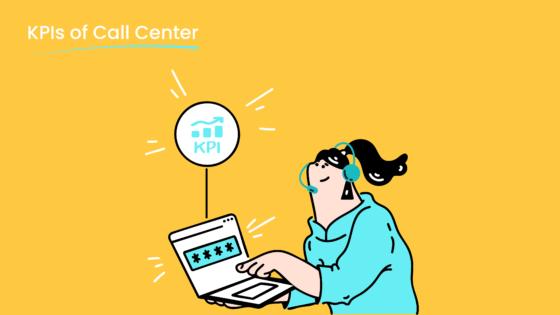
- Use tools like Sobot's Voice/Call Center to monitor performance in real-time. Features such as call tracking and data analytics help you set benchmarks and track progress.
Agents who know what is expected of them enjoy their work more and focus better. This leads to improved customer support and higher customer satisfaction.
Providing Training and Development Opportunities
Ongoing training and development are essential for building a skilled and adaptable workforce. By identifying skill gaps and addressing them through comprehensive training, you prepare agents to handle a variety of customer interactions.
- Conduct regular assessments of your training programs to ensure they meet current needs.
- Incorporate modern methods like e-learning or virtual reality to make training engaging and flexible.
- Monitor agent progress using performance metrics and adjust training programs as needed.
For example, Sobot's unified workspace integrates training resources directly into the agent's workflow. This allows agents to access learning materials while managing customer interactions, boosting productivity and enhancing work habits.
When you invest in training, you empower support agents to deliver exceptional service. This not only increases productivity but also improves customer satisfaction and loyalty.
Fostering Engagement and Motivation Among Agents
Engaged and motivated agents are the backbone of a productive call center. High engagement levels lead to better customer experiences, reduced turnover rates, and overall business success.
- Recognize and reward achievements to boost morale.
- Create a supportive work environment where agents feel valued.
- Use workforce engagement management tools to optimize schedules and reduce burnout.
Sobot's AI-powered solutions, such as intelligent IVR and smart call routing, reduce repetitive tasks. This allows agents to focus on meaningful work, increasing engagement and motivation. Studies show that organizations with high agent engagement experience a 20% increase in customer satisfaction and a significant reduction in turnover rates.
By fostering engagement, you enhance work habits and create a team that consistently delivers outstanding customer support.
Leveraging Technology to Enhance Call Center Productivity
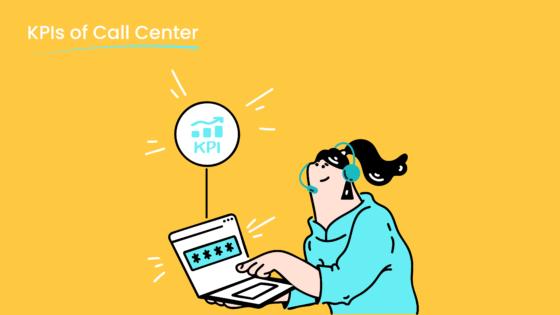
The Role of AI in Improving Agent Efficiency
AI has transformed how contact centers operate, making it easier to improve agent productivity. By automating routine tasks and providing real-time insights, AI tools enable agents to focus on complex customer issues. This shift not only boosts productivity but also enhances customer satisfaction.
A study by Novy-Marx and Velikov highlights how AI-driven automation can significantly enhance efficiency. They demonstrate that Large Language Models (LLMs) streamline processes, allowing professionals to focus on critical tasks. This principle applies to contact centers, where AI reduces repetitive work and improves overall performance.

For example, Sobot's AI-powered Voicebot uses intelligent interaction and intent recognition to handle customer inquiries. It resolves common issues without human intervention, freeing agents to address more challenging problems. This approach reduces average handle time and increases first-contact resolution rates. By integrating AI into your contact center, you can optimize operations and deliver exceptional customer support.
Automating Repetitive Tasks with Sobot's Voice/Call Center
Repetitive tasks often consume a significant portion of an agent's time. Automating these tasks with advanced tools like Sobot's Voice/Call Center can dramatically increase productivity. Features such as intelligent IVR and smart call routing streamline workflows, ensuring that agents spend more time on meaningful interactions.
| Metric | Description |
|---|---|
| First Call Resolution (FCR) | Measures the percentage of customer issues resolved during initial contact, impacting satisfaction and costs. |
| Average Handle Time (AHT) | Tracks the total duration of customer interactions, providing insight into efficiency and bottlenecks. |
| Customer Satisfaction Score (CSAT) | Measures customer perception of service quality through post-interaction surveys. |
| Net Promoter Score (NPS) | Indicates customer loyalty and likelihood to recommend services, linking service quality to growth. |
| Customer Effort Score (CES) | Measures how easy customers find it to resolve their issues, predicting satisfaction and future needs. |
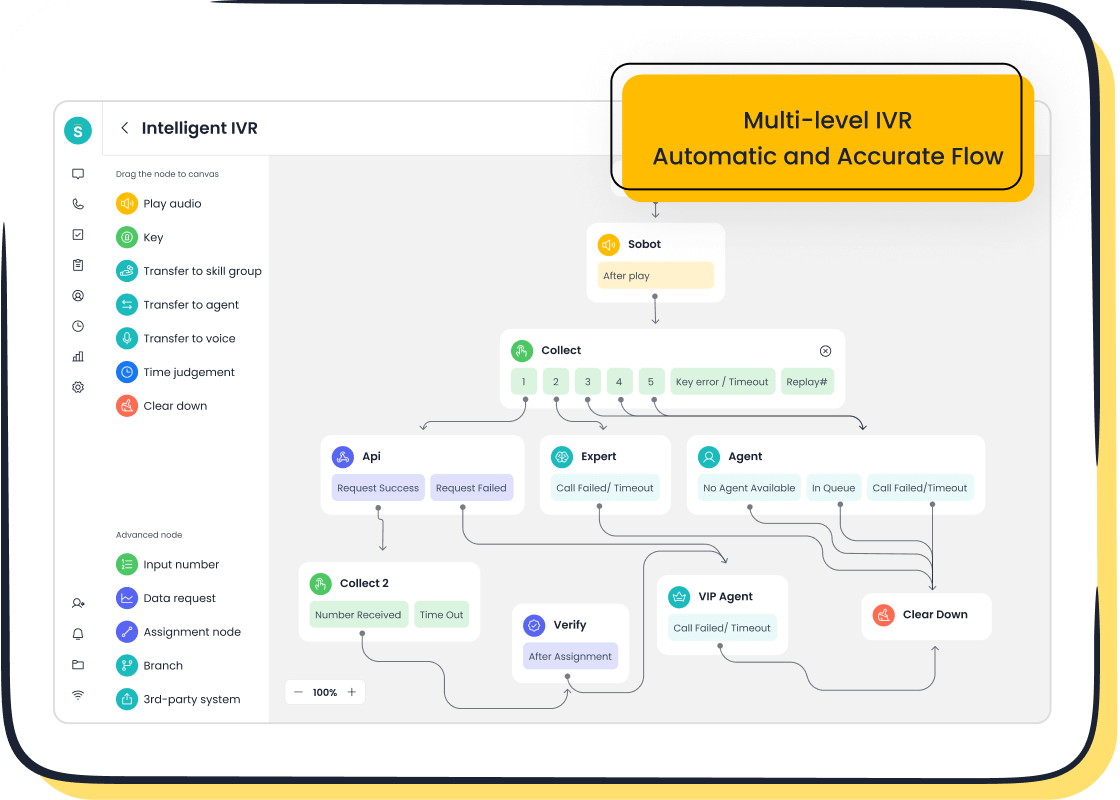
Sobot's Voice/Call Center automates outbound tasks and integrates seamlessly with existing systems. This reduces the time agents spend on manual processes, such as call tracking and data entry. With a 99.99% system uptime and global telephony support, Sobot ensures reliable and efficient operations. By adopting automation tools like these, you can improve agent productivity and enhance call center productivity.
Self-Service Options for Customers to Reduce Agent Workload
Self-service options empower customers to resolve issues independently, reducing the workload on your agents. Tools like Sobot's AI-driven chatbot provide 24/7 support, handling repetitive queries and guiding customers through common problems. This allows agents to focus on more complex tasks, improving their efficiency and job satisfaction.
| Evidence Type | Description |
|---|---|
| Reduction in Support Tickets | Self-service portals lead to a decrease in the volume of incoming support tickets. |
| Enhanced Agent Productivity | Fewer tickets allow agents to focus on complex issues, improving their productivity and satisfaction. |
| Cost Reduction | A smaller support team is possible due to reduced ticket volume, leading to cost savings. |
For instance, Sobot's chatbot integrates seamlessly with its omnichannel solution, providing a unified workspace for agents. This integration ensures that customer data is accessible across all channels, enabling personalized and efficient service. By implementing self-service options, you can reduce operational costs, boost productivity, and enhance customer satisfaction.
Advanced Techniques to Maximize Agent Performance
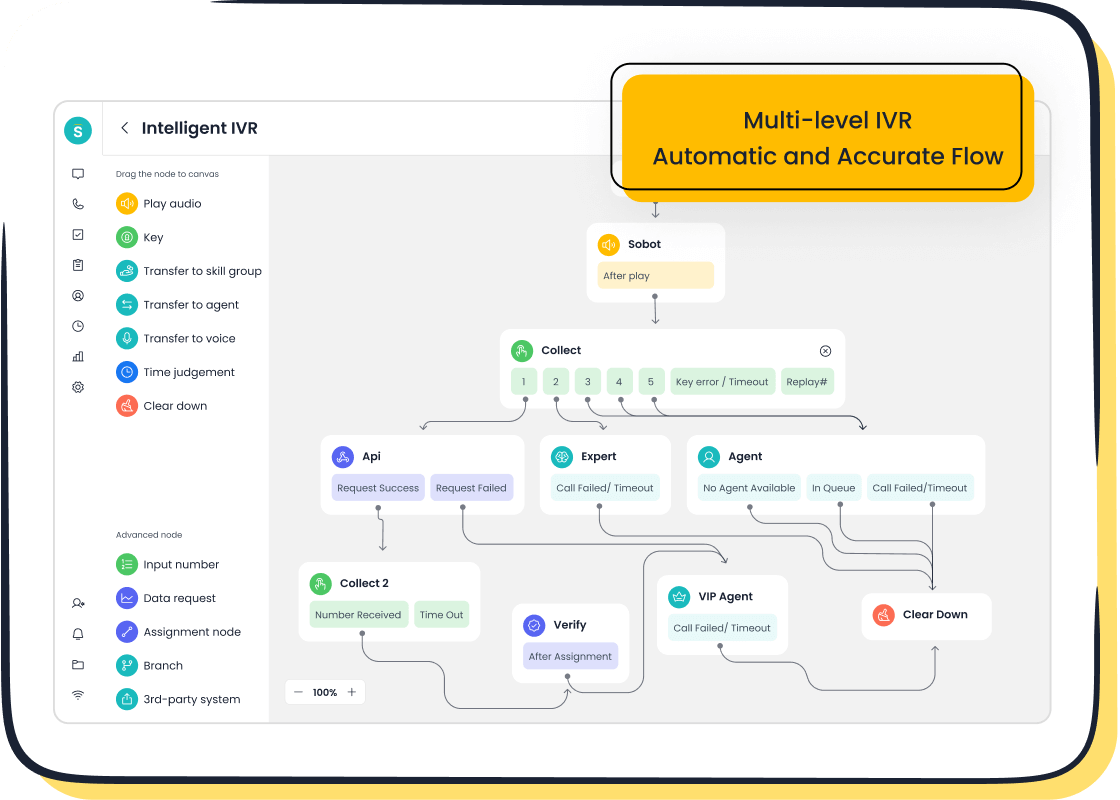
Gamification to Boost Agent Engagement
Gamification introduces game-like elements into the workplace to make tasks more engaging and enjoyable. By incorporating leaderboards, rewards, and challenges, you can inspire agents to perform better while fostering a sense of healthy competition. This strategy not only boosts productivity but also enhances job satisfaction.
For example, gamification has shown remarkable results in improving agent engagement metrics. Consider the following data:
| Metric | Result |
|---|---|
| Productivity | Increased by 10% |
| Average Order Value | Attach rate for paid support services doubled |
| Reduced Absenteeism | Improved by 12% |
| Agent Knowledge | 89% acknowledged and applied information |
| Improved Customer Satisfaction | Slight increase in satisfaction |
Agents who enjoy their work are more likely to stay motivated and deliver exceptional customer support. Sobot's unified workspace can complement gamification by providing real-time performance insights, helping you track progress and reward achievements effectively.
Intelligent Routing with Sobot's Voice/Call Center
Intelligent routing ensures that customer inquiries reach the most qualified agent, improving both efficiency and satisfaction. Sobot's Voice/Call Center uses AI tools to analyze customer needs and route calls accordingly. This reduces wait times and enhances first-call resolution rates.
Key performance metrics highlight the impact of intelligent routing:
| Metric | Description |
|---|---|
| Average Handling Time (AHT) | Measures the efficiency of call resolution, affecting customer satisfaction and agent workload. |
| First Call Resolution (FCR) | Indicates the percentage of calls resolved on the first interaction, minimizing repeat contacts. |
| Customer Satisfaction Score (CSAT) | Reflects customer happiness after calls, indicating service quality and agent performance. |
| Net Promoter Score (NPS) | Assesses customer loyalty based on their likelihood to recommend services. |
Sobot's intelligent routing system improves FCR rates by matching customers with the right agents. It also boosts operational efficiency by streamlining workflows. With features like smart call routing and AI-powered Voicebots, Sobot helps you optimize call center productivity while delivering superior customer support.
Workforce Management Tools for Optimized Scheduling
Efficient scheduling is critical for maintaining agent productivity and ensuring smooth operations. Workforce management tools powered by AI can analyze complex data to create cost-effective schedules. These tools also adapt to real-time changes, such as traffic or unexpected absences, ensuring optimal resource allocation.
AI-based scheduling offers several benefits:
- Enhances scheduling efficiency and productivity.
- Handles complex data and logic for cost-effective planning.
- Integrates real-time data to adjust schedules dynamically.
Sobot's workforce management tools integrate seamlessly with its Voice/Call Center, providing a unified platform for scheduling and performance tracking. By optimizing schedules, you can reduce agent burnout, improve engagement, and boost productivity.
Actionable Tips for Continuous Improvement
Establishing Feedback Loops for Real-Time Insights
Feedback loops provide valuable insights into agent performance and operational efficiency. By implementing real-time feedback mechanisms, you can identify areas for improvement and take immediate action. This approach not only boosts productivity but also enhances engagement among your team.
For example, companies that prioritize feedback have seen significant benefits:
| Evidence Type | Description | Impact |
|---|---|---|
| Productivity Boost | Companies emphasizing feedback see a productivity increase of up to 25%. | Improved operational efficiency. |
| Customer Retention | A tech startup increased retention rates by 20% after feedback sessions. | Enhanced loyalty and revenue growth. |
| Employee Engagement | Organizations with strong feedback mechanisms have 14.9% lower turnover. | Reduced turnover and improved satisfaction. |
| Customer Satisfaction | A retail chain saw a 15% increase in satisfaction ratings post-feedback. | Better customer experience and loyalty. |
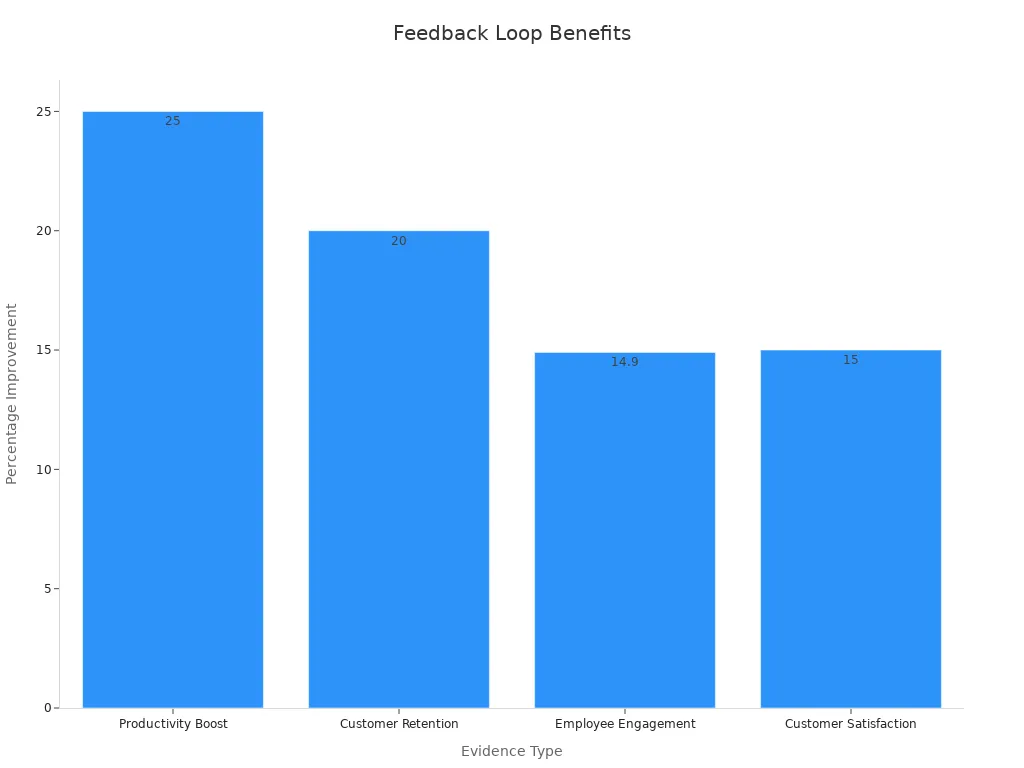
By offering feedback and performance reviews regularly, you create a culture of continuous improvement. This fosters trust and ensures agents feel valued, leading to better results.
Using Analytics to Identify Trends and Opportunities
Analytics play a crucial role in identifying trends and optimizing call center operations. Real-time data provides actionable insights that help you address performance issues and seize opportunities for growth.
Key benefits of using analytics include:
- Real-time tracking of metrics like call volume, average call length, and call quality.
- Immediate identification of performance bottlenecks, enabling quick managerial responses.
- Comprehensive views of customer interactions across multiple channels, such as phone, chat, and email.
For instance, Sobot's Voice/Call Center integrates analytics to monitor agent productivity and customer satisfaction. This data-driven approach allows you to make informed decisions, improving both operational efficiency and customer experiences.
Conducting Regular Performance Reviews and Coaching
Regular performance reviews and coaching sessions are essential for maintaining high agent productivity. These practices provide opportunities to set clear goals, address challenges, and celebrate achievements. Research shows that consistent feedback fosters a culture of growth and reduces turnover rates.
| Methodology | Statistic |
|---|---|
| Continuous Performance Management | Companies with continuous feedback are 39% more effective at attracting and retaining talent. |
| Regular Feedback | Employee engagement triples when team members receive consistent feedback. |
| Peer Reviews | Nearly one-third of companies use peer reviews regularly. |
Teams that receive feedback on their strengths perform better and feel more engaged. For example, companies offering regular feedback report 14.9% lower turnover rates. By incorporating coaching into your strategy, you empower agents to excel and contribute to the success of your call center.
Improving agent performance in 2025 requires a combination of foundational strategies, advanced techniques, and cutting-edge technology. Setting clear goals, offering training opportunities, and fostering engagement create a strong foundation for success. Advanced methods like gamification and intelligent routing further enhance productivity. Leveraging tools such as Sobot's Voice/Call Center ensures measurable improvements in efficiency and customer satisfaction.
For example, integrating Sobot's solutions can lead to significant performance gains:
| Metric | Improvement |
|---|---|
| Reduction in inbound discussion volume | 20% |
| Increase in positive feedback | 96% + |
| Correct answers provided by AI | 80% |
| Customer satisfaction rate (CSAT) | 97% |
| Problem resolution rate | 85% |
| Increase in sign-off rate | 35% |
| Increase in COD collection rate | 40% |
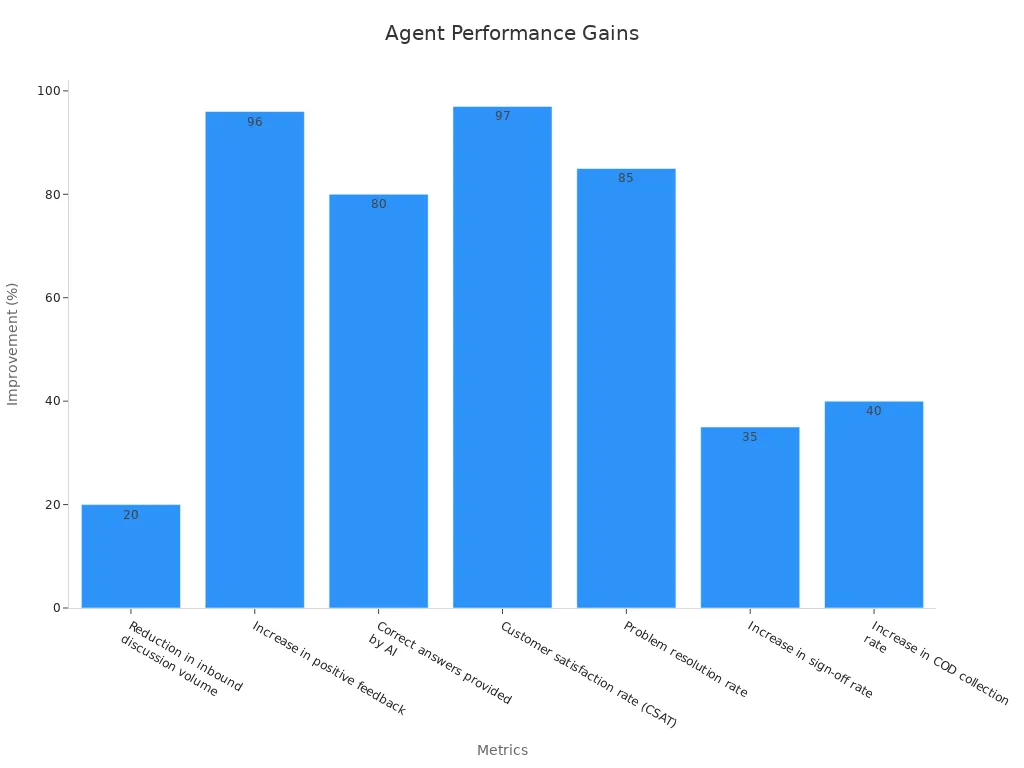
By adopting these strategies and technologies, you can empower your team to deliver exceptional results. Start implementing these methods today to stay ahead in 2025.
FAQ
What is the best way to measure agent productivity?
You can measure agent productivity using key metrics like First Call Resolution (FCR), Average Handle Time (AHT), and Customer Satisfaction (CSAT). These metrics provide insights into how efficiently agents handle customer interactions and how satisfied customers feel after receiving support.
How does Sobot's Voice/Call Center improve agent performance?
Sobot's Voice/Call Center enhances performance by automating repetitive tasks, offering intelligent call routing, and providing real-time analytics. These features allow agents to focus on complex issues, reduce average handle time, and improve first-call resolution rates, leading to better customer satisfaction.
Why is gamification effective in call centers?
Gamification motivates agents by introducing rewards, challenges, and leaderboards. It fosters healthy competition and engagement, making work more enjoyable. Studies show gamification increases productivity, reduces absenteeism, and improves customer satisfaction by encouraging agents to perform at their best.
How can self-service options benefit your call center?
Self-service tools like Sobot's AI-driven chatbot handle repetitive queries, reducing agent workload. Customers resolve issues independently, leading to faster resolutions and higher satisfaction. This allows agents to focus on complex tasks, improving efficiency and overall service quality.
What role does AI play in improving customer support?
AI automates routine tasks, provides real-time insights, and enhances decision-making. Tools like Sobot's AI-powered Voicebot handle common inquiries, freeing agents to address complex problems. This reduces average handle time, increases first-contact resolution rates, and improves customer satisfaction.
See Also
Effective Strategies for Managing Live Chat Representatives
Enhancing Call Center Efficiency Through Effective Monitoring
Best Practices for Quality Management in Call Centers
Ten Essential AI Tools for Enterprise Contact Centers
Increasing Efficiency with AI-Driven Customer Service Software